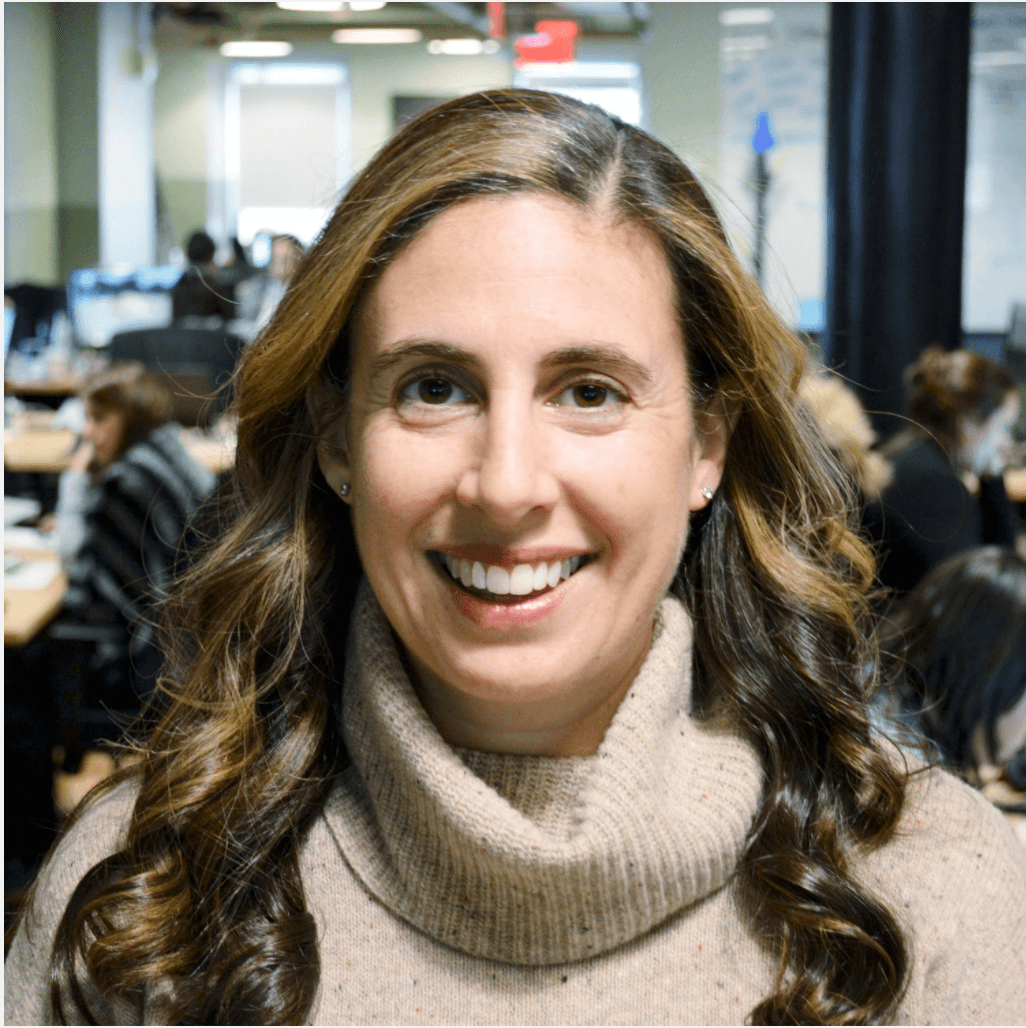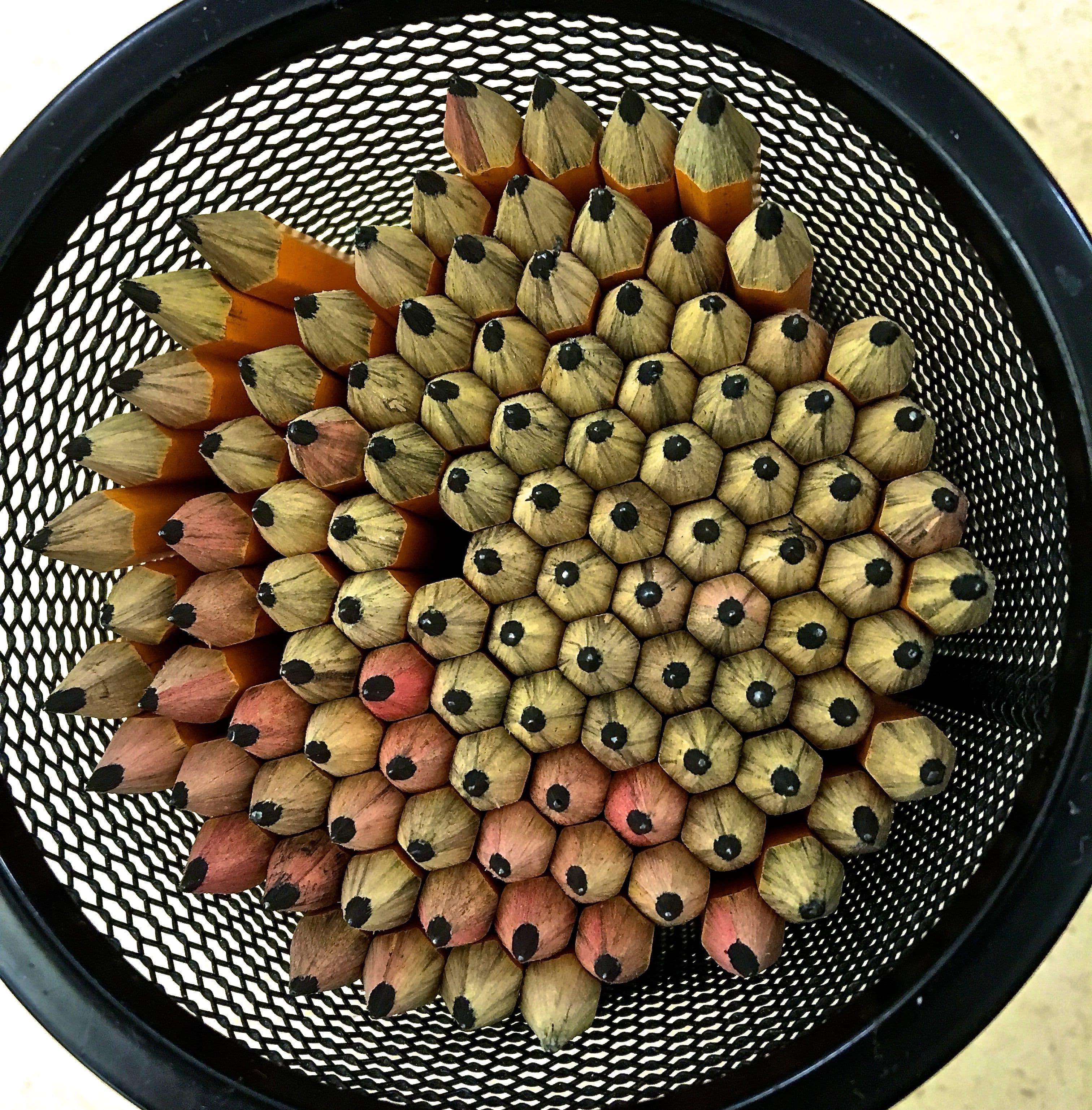
Summary of Supplements Required for NYC Public High School Admissions 2022

SUMMARY OF SUPPLEMENTS REQUIRED FOR NYC PUBLIC HIGH SCHOOL ADMISSIONS 2022 (updated as of 2/4/22)
WORK IN PROGRESS – STAY TUNED FOR UPDATES
Beacon School

Photo By Wikiedior129293 at English Wikipedia, CC BY 3.0, https://commons.wikimedia.org/w/index.php?curid=54607865
80% Essay 20% grades
Application prompt:
Consortium Schools believe that students thrive when they are given the
opportunity to study topics in-depth and apply their learning outside of the
classroom. Beyond just taking tests, our students demonstrate their skills in
practical terms: they design experiments, make presentations, write reports,
and defend their work to outside experts.
Reply to ONE of the below prompts – 500 words or fewer. No rubric provided
yet.
- How do you think a school with this approach to learning will help you grow academically, personally, and creatively? What do you think you have to offer a school community like this?
- We admire students who are flexible in their approach to learning and willing to take intellectual risks that move them out of their comfort zone. Reflect on a time when you were intellectually challenged, inspired, or took an intellectual risk - inside or outside the classroom. How has that experience shaped you?
Manhattan Hunter Science
In 250 words or less, describe yourself as a student, as well as what interests
you in attending a rigorous early college high school, which includes a senior
year experience on the Hunter College campus.
Essay 30% Grades 70%
NYC ischool
100% online admissions activity – due March 4
Prior to completing the activity, please do the following:
- Take some time to look through our website to learn more about our mission, vision, and program. We especially encourage you to check out the FAQ section.
- Watch this video that was made about the iSchool a few years ago: NYC iSchool Video
- Look through the 2021-2022 Q1 Course Descriptions to learn more about the courses that you may be able to choose from if you attend the iSchool next year.
- Check out the rubric we'll be using for the online admissions activity: NYC iSchool Admissions Activity Rubric
- Once you have done the above, you should complete the NYC iSchool Admissions Activity.
Once you start the activity you will not be able to save your work and come back to it, so you may want to look at the questions, type your answers in Microsoft Word, and then cut and paste your answers from Microsoft Word in to the activity. The deadline to complete our online admissions activity is Friday, March 4th. Please note that this is a hard deadline and the form will close at 11:59 pm on March 4th.
You will receive an e-mailed copy of your Online Admissions Activity answers within one week of your submission.
Having looked through our website, watched our video, read through the FAQs on our website, and read through a sample of our course descriptions, why do you want to attend the iSchool? What excites you most about our program? This response should be, at least, 2 paragraphs in length.
Is there anything else that you would like us to know about you?
Frank McCourt
Grades 20% “Interview or online response” / essay 80%
Please use your child's current school email OR a personal Gmail account to access and complete the online essay/video.
Applicants can respond to the essay questions one of two ways: by uploading a typed answer OR by uploading a video response.
Typed essays should be at least 250 words in length. Video submissions must be no more than 2 minutes long.
PLEASE INCLUDE YOUR FULL NAME, CURRENT SCHOOL, AND GRADE ON ALL YOUR TYPED ESSAYS/VIDEOS.
Essay questions:
Why do you want to be a student at Frank McCourt High School? (minimum 250 words)
Which of the following FMHS elements are you excited to learn more about when you are a student here? *
Please select 3 of the following
Competency Learning - Using Outcomes (specific skills that can help you learn better)
Competency Learning - Having chances to revise your work to better show off your skills
Advisory - One teacher and set of students you will stay with for 4 years
PGC - Peer Group Connection - meeting weekly with mentors from the older grades
Integrated Curriculum - Taking classes that blend 2 or more subjects
Intersession - One intensive class for 5-6 weeks in 11th and 12th grade
Block Schedule - Longer class periods so there is time for group problem solving
Collaboration - Working in groups and teams for projects and processes to help each other learn
Diversity - Working with students and staff from many different places in NYC and the world
Why do the above elements of FMHS excite you? Explain your top three selections. (minimum 250 words)
School of the Future
Essay 100% (See Beacon prompt above)
University Heights
Grades 50% Essay 50% (See Beacon prompt above)
ICE
Essay 100% (See Beacon prompt above)
Brooklyn College Academy
25% essay 75% grades (not posted yet)
Bard Manhattan / Bard Queens

Photo By Beyond My Ken - Own work, CC BY-SA 4.0, https://commons.wikimedia.org/w/index.php?curid=11794458
About the Assessment and Rubric Components:
The BHSEC Assessment was created and developed by the BHSEC faculty and administration to assess applicants writing, thinking, and interest in an early college.
There are three parts to the assessment: two writing prompts and a short video statement.
The answers to the writing prompts are to be submitted through MySchools. They should be approximately 250-500 words or 1200-2500 characters per prompt. The answers should be well organized and well written, showing clarity, and creative or original thinking.
The video statement should be 2 minutes and uploaded to MySchools.The applicant should be engaging, clear, and show signs of preparation.
For 2021-2022 Students will be ranked based on the following rubric components:
Humanities Response – 30%
STEM Response – 30%
Video Response – 30%
Grade Point Average – 10%
Assessment link not yet available
Bard Queens video prompt: Video Statement
In the past we have held one on one interviews to get to know each applicant. We are not able to meet with you in person this year due to the pandemic. However we still want to hear from you and to learn more about why you are interested in attending our school. We are not looking for perfection, we are looking for students who engage with the questions in a genuine manner.
In the video please introduce yourself and answer BOTH questions below. You must upload your video on Myschools. Videos should be between 1 – 2 minutes long.
To apply to either or both of these programs, please complete all three parts of this assessment (Humanities Writing, STEM Writing, and Video).
Part 1: Humanities Writing
Choose only one of the two texts, either TEXT A or TEXT B, and respond to only ONE of the questions. Your response should be between 250-500 words (approximately 1200-2500 characters).
TEXT A. "The Dangers of a Single Story," by Chimamanda Ngozi Adichie
1. How does the author use storytelling to push back against the danger of a single story?
OR
2. Why was the author’s new American roommate “very disappointed when I produced my tape of Mariah Carey”? How does this example fit into the theme of the text?
OR
3. What does the author mean when she says “start the story with the arrows of the Native Americans, and not with the arrival of the British, and you have an entirely different story”?
***
Excerpt: The Danger of a Single Story
FEBRUARY 2, 2017 BY THECOLUMNMW
By Chimamanda Ngozi Adichie
How impressionable and vulnerable we are in the face of a story, particularly as children. Because all I had read were books in which characters were foreign, I had become convinced that books by their very nature had to have foreigners in them and had to be about things with which I could not personally identify. Now, things changed when I discovered African books. There weren’t many of them available, and they weren’t quite as easy to find as the foreign books.
But because of writers like Chinua Achebe and Camara Laye, I went through a mental shift in my perception of literature. I realized that people like me, girls with skin the color of chocolate, whose kinky hair could not form ponytails, could also exist in literature. I started to write about things I recognized.
I come from a conventional, middle-class Nigerian family. My father was a professor. My mother was an administrator. And so we had, as was the norm, live-in domestic help, who would often come from nearby rural villages. So, the year I turned eight, we got a new house boy. His name was Fide. The only thing my mother told us about him was that his family was very poor. My mother sent yams and rice, and our old clothes, to his family. And when I didn’t finish my dinner, my mother would say, “Finish your food! Don’t you know? People like Fide’s family have nothing.” So I felt enormous pity for Fide’s family.
Then one Saturday, we went to his village to visit, and his mother showed us a beautifully patterned basket made of dyed raffia that his brother had made. I was startled. It had not occurred to me that anybody in his family could actually make something. All I had heard about them was how poor they were, so that it had become impossible for me to see them as anything else but poor. Their poverty was my single story of them.
Years later, I thought about this when I left Nigeria to go to university in the United States. I was 19. My American roommate was shocked by me. She asked where I had learned to speak English so well, and was confused when I said that Nigeria happened to have English as its official language. She asked if she could listen to what she called my “tribal music,” and was consequently very disappointed when I produced my tape of Mariah Carey.
So, after I had spent some years in the U.S. as an African, I began to understand my roommate’s response to me. If I had not grown up in Nigeria, and if all I knew about Africa were from popular images, I too would think that Africa was a place of beautiful landscapes, beautiful animals, and incomprehensible people, fighting senseless wars, dying of poverty and AIDS, unable to speak for themselves and waiting to be saved by a kind, white foreigner. I would see Africans in the same way that I, as a child, had seen Fide’s family.
It is impossible to talk about the single story without talking about power. There is a word, an Igbo word, that I think about whenever I think about the power structures of the world, and it is “nkali.” It’s a noun that loosely translates to “to be greater than another.” Like our economic and political worlds, stories too are defined by the principle of nkali: How they are told, who tells them, when they’re told, how many stories are told, are really dependent on power.
Power is the ability not just to tell the story of another person, but to make it the definitive story of that person. The Palestinian poet Mourid Barghouti writes that if you want to dispossess a people, the simplest way to do it is to tell their story and to start with, “secondly.” Start the story with the arrows of the Native Americans, and not with the arrival of the British, and you have an entirely different story. Start the story with the failure of the African state, and not with the colonial creation of the African state, and you have an entirely different story.
I’ve always felt that it is impossible to engage properly with a place or a person without engaging with all of the stories of that place and that person. The consequence of the single story is this: It robs people of dignity. It makes our recognition of our equal humanity difficult. It emphasizes how we are different rather than how we are similar.
Stories matter. Many stories matter. Stories have been used to dispossess and to malign, but stories can also be used to empower and to humanize. Stories can break the dignity of a people, but stories can also repair that broken dignity.
***
TEXT B. "Perhaps the World Ends Here," by Joy Harjo
1. What does the kitchen table symbolize in this poem, and in what ways is a kitchen table an effective or ineffective object to express these ideas through?
OR
2. What patterns do you see in the images that Harjo surrounds the table with? If this poem is about the "world," what are the qualities of the world in Harjo's poem?
***
"Perhaps the World Ends Here"
by Joy Harjo
The world begins at a kitchen table. No matter what, we must eat to live.
The gifts of earth are brought and prepared, set on the table. So it has been since creation, and it will go on.
We chase chickens or dogs away from it. Babies teethe at the corners. They scrape their knees under it.
It is here that children are given instructions on what it means to be human. We make men at it, we make women.
At this table we gossip, recall enemies and the ghosts of lovers.
Our dreams drink coffee with us as they put their arms around our children. They laugh with us at our poor falling-down selves and as we put ourselves back together once again at the table.
This table has been a house in the rain, an umbrella in the sun.
Wars have begun and ended at this table. It is a place to hide in the shadow of terror. A place to celebrate the terrible victory.
We have given birth on this table, and have prepared our parents for burial here.
At this table we sing with joy, with sorrow. We pray of suffering and remorse. We give thanks.
Perhaps the world will end at the kitchen table, while we are laughing and crying, eating of the last sweet bite.
"Perhaps the World Ends Here," from The Woman Who Fell From the Sky by Joy Harjo. Copyright © 1994 by Joy Harjo. Used by permission of W.W. Norton & Company, Inc., www.wwnorton.com(Open external link). Source: The Woman Who Fell From the Sky (W. W. Norton and Company Inc., 1994)
***
Part 2. STEM Writing
Please select ONE question to respond to from the following choices. Your response should be between 250-500 words (approximately 1200-2500 characters).
1. You are stranded on an island and you may take one modern invention with you. Explain why you chose the item and describe some of the issues you may encounter trying to keep the item functional while stranded.
OR
2. Suppose you wake up one morning and suddenly know everything there is to know about math and science. If you could use that math and/or science to solve a world problem, what problem would you solve? Describe the problem. How do you think math and/or science could be used to address the problem?
Part 3. Video
Please submit a 2 minute (maximum time) video that includes ALL of the following:
A. An introduction to you
B. An answer to both of the questions below:
i. Our school mission is premised on the belief that many students, from all backgrounds, are ready and eager to begin taking college-level courses in high school. Why do you think you’ll be ready to take college classes in the 11th grade?
ii. How do you think your choice of attending Bard High School Early College, rather than a traditional high school, will impact your high school career?
-Katherine Miller Consulting (www.katherinemillerconsulting.com)



